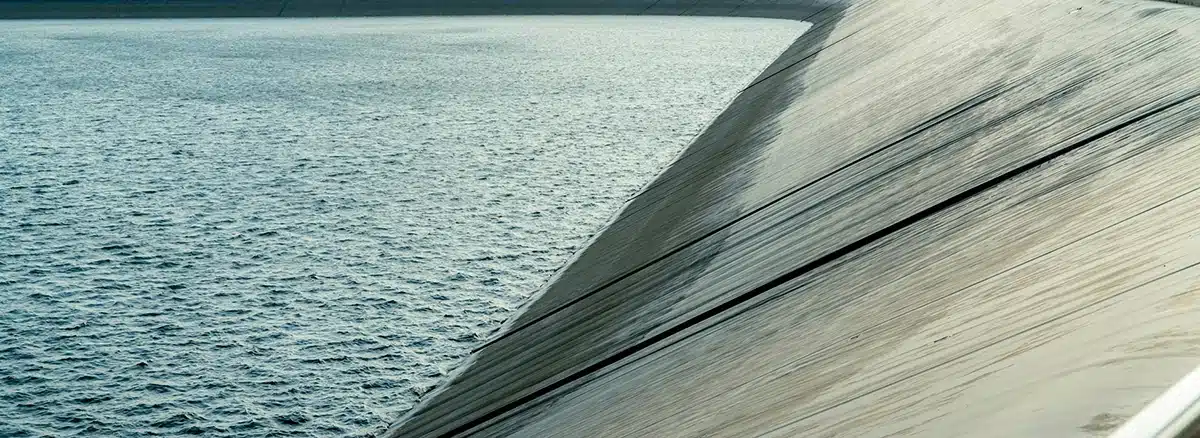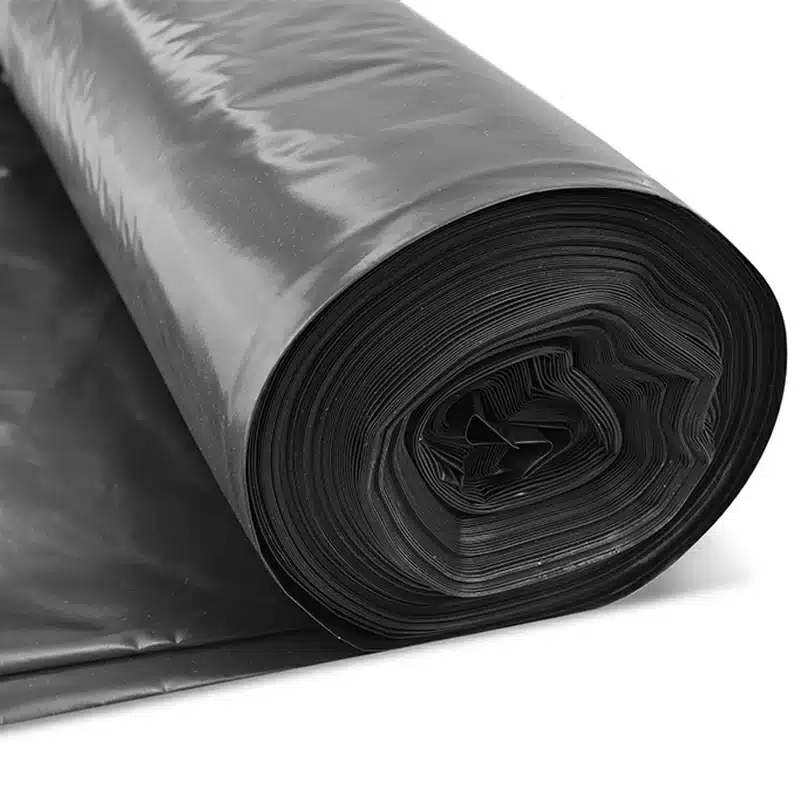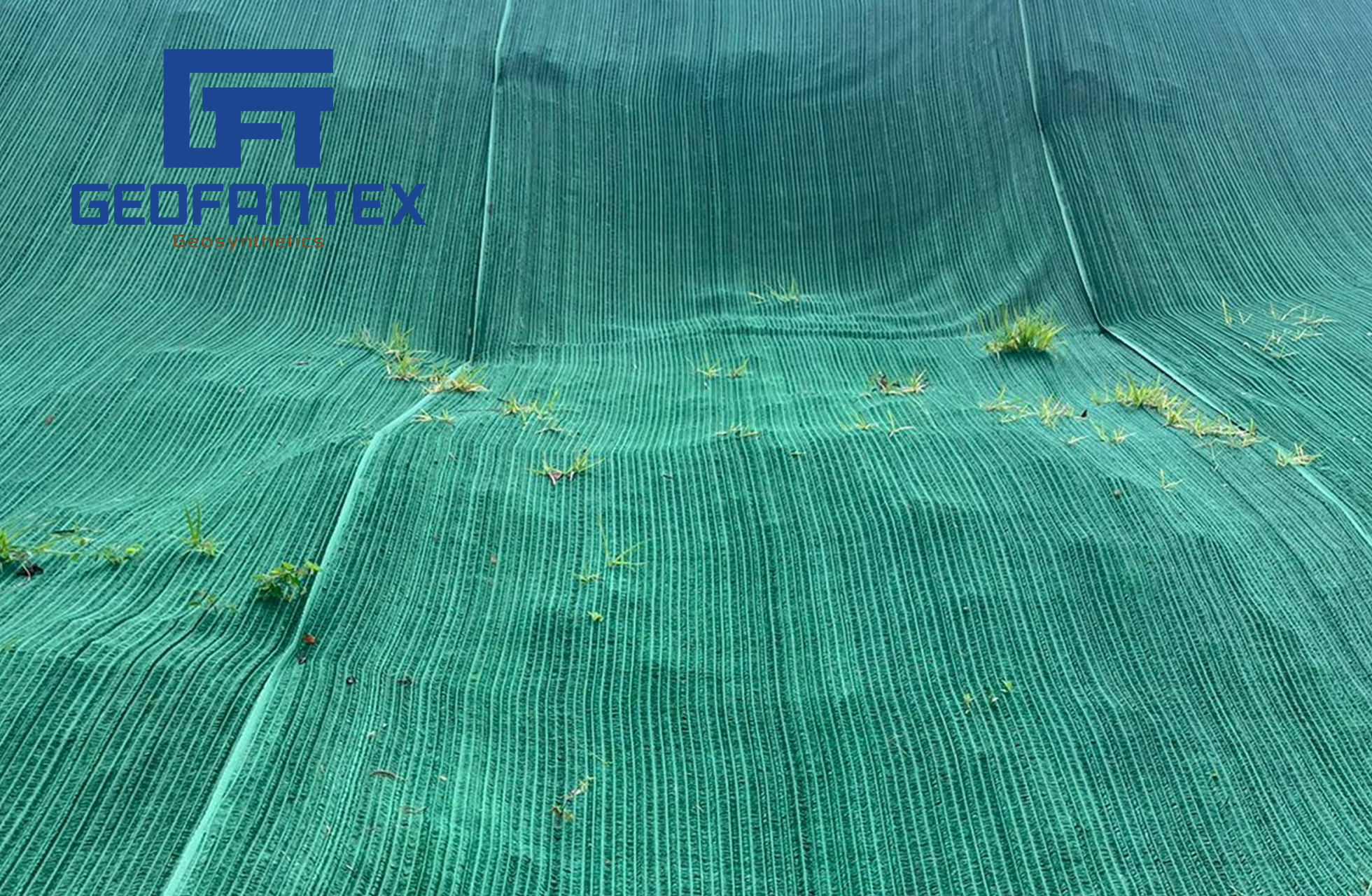+86-159 9860 6917
info@geofantex.com
geofantex@gmail.com
+86-400-8266163-44899
Geomembrane liners are essential materials in modern engineering projects, providing a waterproof barrier for a wide range of applications, from waste management to water containment. Essentially, they function as a synthetic barrier or membrane that controls the movement of fluids, like liquids or gases, in manmade structures, systems, or projects. These liners play a critical role in protecting the environment by preventing contamination of soil and groundwater. In this article, we will explore the different types of geomembranes, how they work, and their specific advantages over similar materials, such as HDPE.
What is a geomembrane liner?
A geomembrane liner is a synthetic material used as a barrier to control fluid or gas migration in various environmental, engineering, and industrial applications. These liners, which are synthetic membrane liners or barriers used to control fluid migration in a manmade project, structure, or system, are typically made from polymers like polyethylene, PVC, or EPDM. They are durable, flexible, and resistant to chemicals, UV radiation, and extreme temperatures. Geomembranes are most commonly used in applications such as landfills, ponds, reservoirs, and mining operations to protect the surrounding environment from contamination.

What are the three types of geomembranes?
Geomembranes are available in various forms, but the three most commonly used types are:
- High-Density Polyethylene (HDPE): Known for its excellent chemical resistance and durability, HDPE is widely used in landfill liners, reservoirs, and containment systems. It is strong, cost-effective, and resistant to a variety of environmental conditions.
- Polyvinyl Chloride (PVC): PVC geomembranes are flexible and easier to install than HDPE. They are often used in applications like ponds, canals, and containment systems where flexibility is needed without compromising the strength of the material.
- Ethylene Propylene Diene Monomer (EPDM): EPDM geomembranes are highly resistant to UV rays, ozone, and extreme temperatures, making them ideal for use in outdoor applications like roofing systems and water containment for agricultural purposes.
In addition to these traditional geomembranes, Geosynthetic Clay Liners (GCLs) are also gaining popularity, especially in applications requiring additional sealing capabilities. GCLs combine the benefits of a geomembrane with a layer of natural clay, offering enhanced performance in applications like landfill liners and containment ponds.
Each type of liner, whether it’s a geomembrane or a Geosynthetic Clay Liner, has its unique set of characteristics that make it suitable for specific applications based on environmental conditions and budget considerations.
What is the difference between geomembrane and HDPE?
While HDPE is a type of geomembrane, geomembranes encompass a broader category of materials used for containment purposes. The key difference is that HDPE is specifically a type of geomembrane made from high-density polyethylene, a thermoplastic polymer known for its strength, rigidity, and resistance to various chemicals and environmental stressors. In contrast, PVC geomembranes are flexible and relatively easy to handle, while HDPE geomembranes are tough and non-flexible. Geomembranes can also include other materials like PVC and EPDM, which offer different benefits in terms of flexibility, UV resistance, and ease of installation. Therefore, HDPE is a subset of geomembranes, known for its robustness in applications that require higher strength and less flexibility.
How does a geomembrane work?
Geomembranes work by providing an impermeable barrier between liquids or gases and the environment. Their primary function is to prevent contamination of surrounding soil, water, and air by acting as a physical block to substances like leachate, chemicals, or water. Used to stabilize the earth and to secure landfills, geomembranes ensure the containment of hazardous or municipal wastes and their leachates. In landfill operations, for example, a geomembrane liner prevents leachate from seeping into the ground, protecting groundwater from pollutants. Similarly, in reservoirs or ponds, geomembranes are used to control water loss through seepage, ensuring that the contained water remains within the designed boundaries. Their flexibility allows them to conform to different terrains and provide long-lasting protection against environmental risks.
Geomembrane liners are indispensable in a wide range of environmental and industrial applications. They provide crucial protection against fluid migration, ensuring that harmful substances do not contaminate the surrounding environment. With various types of geomembranes available, including HDPE, PVC, and EPDM, there is a solution for every need, whether it’s for flexibility, durability, or chemical resistance. Understanding the function and types of geomembrane liners helps in choosing the right material for specific projects, ultimately contributing to more sustainable and eco-friendly practices in construction, waste management, and environmental conservation.



Get Free Sample
We’ll respond as soon as possible(within 12 hours)






















